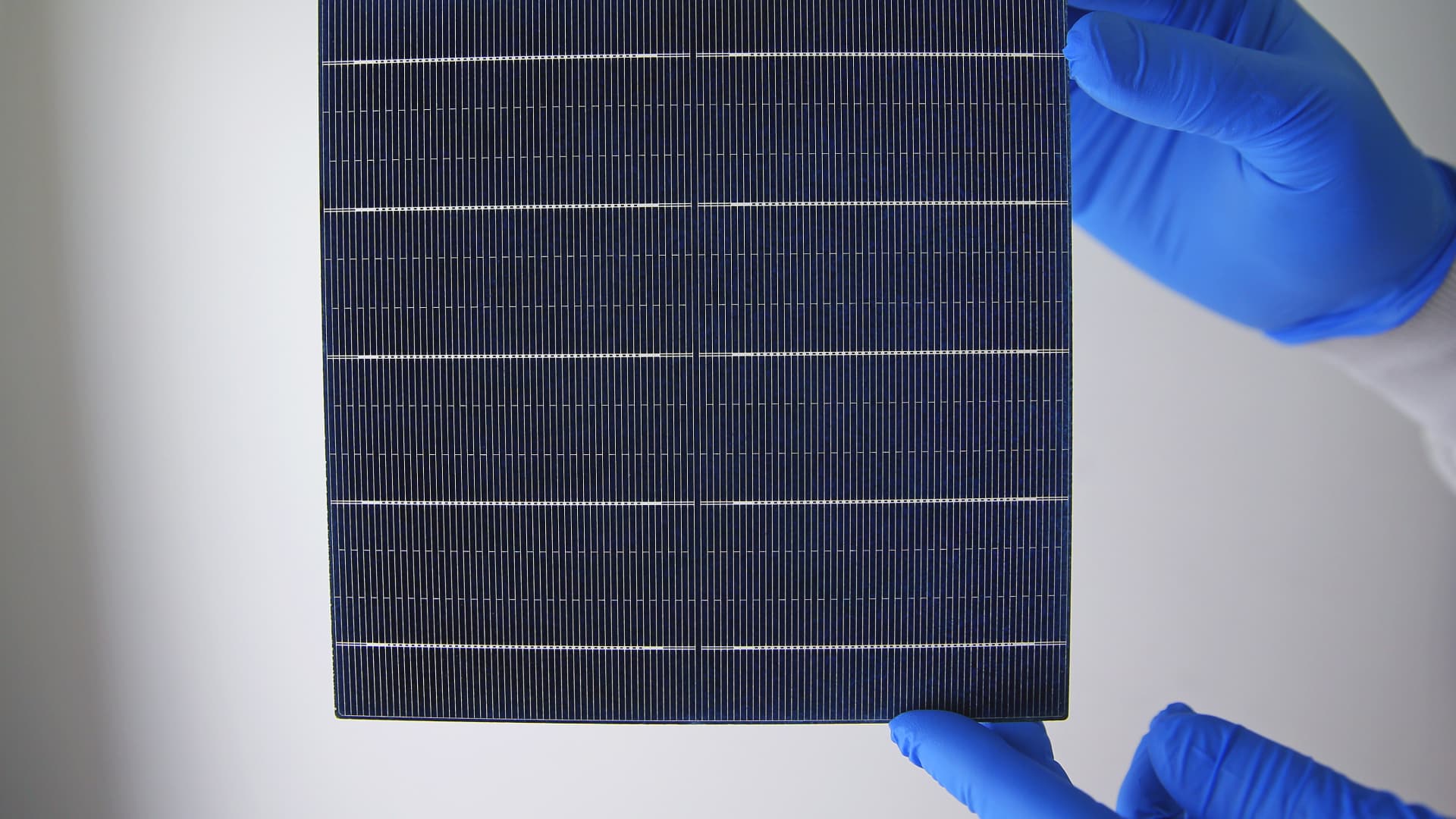Perovskite, a dark, shiny mineral discovered by German scientist Gustav Rose in 1839, could revolutionize sustainable energy and the fight against climate change. While most solar panels used in energy production today consist of conventional silicon-based panels made in China, perovskite-based solar cells are gaining popularity due to their ability to outperform silicon in at least two ways.
The Advantages of Perovskite-based Solar Cells
Perovskite-based solar cells can capture a wider range of photon energies over the sunlight spectrum to deliver more energy. While standard commercial silicon cells have efficiencies of about 21%, laboratory perovskite cells have efficiencies of up to 25.7% for those based on perovskite alone and as much as 31.25% for those that are combined with silicon in a so-called tandem cell. Furthermore, perovskite cells can be more sustainable to produce than silicon.
Intense heat and large amounts of energy are needed to remove impurities from silicon, which produces a lot of carbon emissions. On the other hand, perovskite cells are very thin, less than 1 micrometer, and can be painted or sprayed on surfaces, making them relatively cheap to produce. A 2020 Stanford University analysis of an experimental production method estimated that perovskite modules could be made for only 25 cents per square foot, compared to about $2.50 for the silicon equivalent.
Companies Developing Perovskite Panels
Companies around the world are starting to commercialize perovskite panels. CubicPV, based in Massachusetts and Texas, has been developing tandem modules since 2019, and its backers include Bill Gates’ Breakthrough Energy Ventures. The company says its modules are formed of a bottom silicon layer and a top perovskite layer, and their efficiency will reach 30%. Oxford PV, a spinoff from Oxford University, is also planning to start making tandem modules. It claims a 28% efficiency for tandems and says it’s developing a multi-layered cell with a 37% efficiency. The company is building a solar cell factory in Brandenburg, Germany, but it has been delayed by the coronavirus pandemic and supply-chain snags.
In Japan, companies are developing thin, versatile perovskite panels for use on walls and other parts of buildings. Electronics maker Panasonic created an inkjet printer that can turn out thin-film perovskite cells in various sizes, shapes, and opacities, meaning they can be used in regular glass installed on windows, walls, balconies, and other surfaces. Panasonic’s 30cm-square perovskite-only cell has an efficiency of 17.9%, the highest in the world, according to a ranking from the U.S. National Renewable Energy Laboratory.
The Challenges of Perovskite-based Solar Cells
Perovskites face challenges in terms of cost, durability, and environmental impact before they can put a dent in the market. One of the best-performing versions is lead halide perovskites, but researchers are trying to formulate other compositions to avoid lead toxicity. Martin Green, a solar cell researcher at the University of New South Wales in Australia, believes silicon-based tandem cells will be the next big step forward in solar technology. But he cautions that they are not known to work well enough outside the lab. Perovskite materials can degrade when exposed to moisture, a problem with which researchers have claimed some success.
Perovskite-based solar cells have the potential to accelerate efforts in the fight against climate change by significantly boosting the efficiency of commercial solar panels. While there are challenges to overcome, companies and researchers around the world are working to develop perovskite panels that are cost-effective, sustainable, and durable.


Leave a Reply